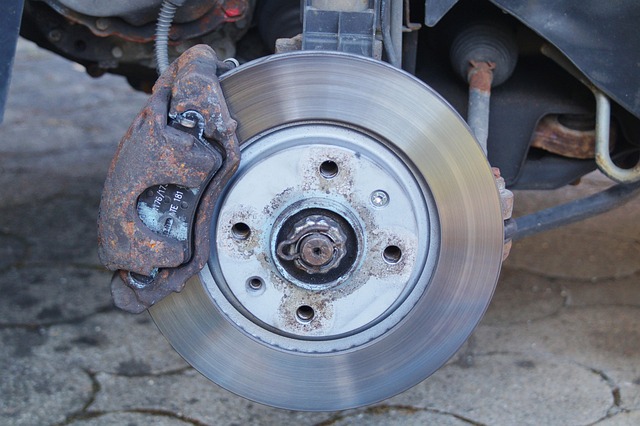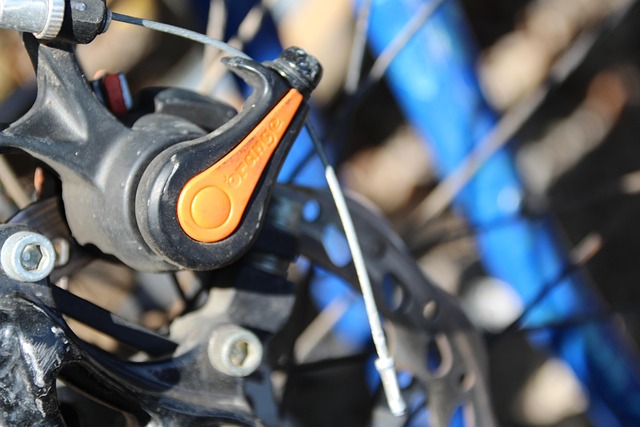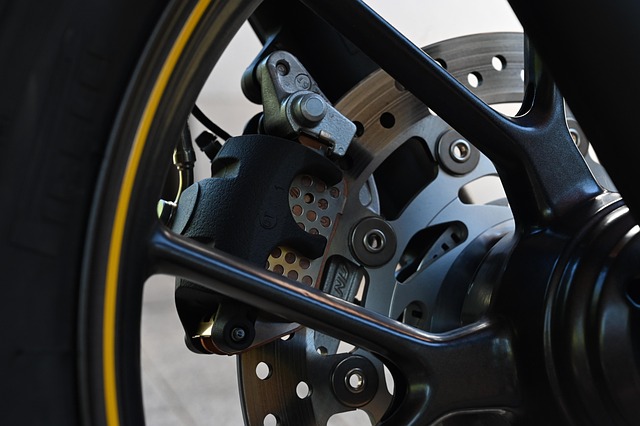A pre-purchase vehicle inspection focuses on select brake systems to ensure safe and optimal functioning. Skilled inspectors assess front brake pads, brake fluid conditions, wear signs, and past repairs, empowering buyers to avoid hazards and costly surprises. They test braking performance, check pad and rotor thickness, and examine calipers and wheel cylinders for issues like wear or corrosion. Regular maintenance packages prevent failures, saving money. Professional inspections by certified mechanics identify subtle problems, crucial for safety. Essential tools include diagnostic equipment and hand tools; specialized tools may be needed for specific vehicle types. After inspection, proactive maintenance, including select brake systems upkeep, is vital for road safety and vehicle longevity.
A pre-purchase vehicle inspection is an essential step before acquiring a used car, ensuring you make an informed decision. This comprehensive guide breaks down the intricacies of the process, focusing on critical components like Select Brake Systems. We’ll walk you through common brake issues, expert involvement, and essential tools to check for safe and reliable driving. By understanding these aspects, you can confidently navigate the market and choose a vehicle with robust braking performance.
- Understanding Pre-Purchase Vehicle Inspection: Why It Matters
- What to Look For: Select Brake Systems in Detail
- Common Brake Issues to Watch Out For
- The Role of Experts: Who Should Conduct the Inspection?
- Essential Tools and Equipment for a Comprehensive Check
- Post-Inspection: Next Steps and Maintenance Tips
Understanding Pre-Purchase Vehicle Inspection: Why It Matters

A pre-purchase vehicle inspection is a meticulous process that can significantly impact your decision when buying a used car. It goes beyond a casual test drive, focusing on a comprehensive evaluation of the vehicle’s critical components, including the select brake systems. This is crucial because brakes are a safety cornerstone, and their condition directly affects the car’s overall performance and your peace of mind while driving.
A skilled inspector will perform a pre-driven car brake check, examining the front brake pad replacement tips, and verifying the state of the brake fluid (including types and uses). They ensure that the brakes are not only functioning optimally but also safely, avoiding potential hazards often associated with neglected brake systems. Such inspections can reveal wear and tear, signs of past repairs, or even hidden issues, empowering buyers to make informed choices and potentially saving them from costly surprises post-purchase.
What to Look For: Select Brake Systems in Detail

When conducting a pre-purchase vehicle inspection, focusing on the select brake systems is paramount to ensuring safety on the road. Start by checking the brakes’ visual condition, looking for signs of wear, corrosion, or damage. Examine the brake pads and rotors for thickness; replacement should be considered if they’re worn down below the minimum threshold. Next, test the brakes by applying pressure on each pedal to ensure consistent stopping power and no unusual noises or vibrations.
Delve into the brake fluid types and uses as well, checking its level and color. A clear, dark red or black fluid typically indicates proper maintenance, while a pale, brown, or cloudy fluid might signal contamination or water ingress. Consider looking for rebuilt brake calipers for sale if the current ones show significant wear. Additionally, explore car brake replacement parts online to stock up on essential components like pads, rotors, and fluid to maintain optimal braking performance.
Common Brake Issues to Watch Out For

When conducting a pre-purchase vehicle inspection, paying close attention to the brake system is paramount. Common brake issues can range from worn-out brake pads and rotors to faulty calipers or wheel cylinders. These components work together to slow and stop your vehicle, so any malfunction can significantly impact safety.
One of the key areas to scrutinize is the select brake systems, which include rebuilt brake calipers for sale and other maintenance parts. A pre-driven car brake check should reveal signs of wear and tear, such as uneven pad thickness or rust on metallic parts. Regular brake maintenance, often offered in best brake maintenance packages, can prevent catastrophic failures and ensure smooth, controlled stops. Staying proactive with brake care is not just about safety; it’s also a smart investment that can save you from costly repairs down the line.
The Role of Experts: Who Should Conduct the Inspection?

When it comes to pre-purchase vehicle inspection, the expertise of professionals is invaluable. The role of experts in this process cannot be overstated; they provide a critical eye and extensive knowledge that buyers often lack. Conducting a thorough inspection ensures potential owners are making informed decisions about their investment.
Ideal candidates for this task include certified mechanics or automotive engineers who can assess various components, including select brake systems. Their skill sets enable them to identify even the subtlest issues, which is especially important given the critical function of brakes in any vehicle, be it a light duty truck brake upgrade, an emergency brake failure prevention measure, or high-performance brake kits designed for SUVs.
Essential Tools and Equipment for a Comprehensive Check

A thorough pre-purchase vehicle inspection demands the right tools to ensure a comprehensive evaluation. For a detailed look at a car’s health, especially focusing on its brake systems, select essential tools are crucial. This includes advanced diagnostic equipment capable of reading vehicle computer modules, providing insights into performance and identifying potential issues within the intricate network of sensors and actuators.
Beyond these digital aids, practical tools like jack stands, wheel chocks, and a set of basic hand tools allow for hands-on inspection of components like brake pads, rotors, calipers, and fluid levels. For off-road vehicles or those with unique braking systems, such as electric vehicles featuring regenerative braking, specialized tools may be required to assess these specialized components accurately, ensuring both safety and optimal performance on the road or trail.
Post-Inspection: Next Steps and Maintenance Tips

After a thorough pre-purchase inspection, it’s crucial to understand the next steps and how to maintain your vehicle, especially focusing on critical systems like select brake systems. If any issues are identified during the inspection, address them promptly to ensure safety and longevity of your vehicle. For instance, if your light duty truck brake upgrades are recommended, schedule a service with trusted auto brake repair services near me for professional installation.
Regular maintenance plays a vital role in keeping your vehicle in optimal condition. Keep a log of all repairs and inspections, including select brake systems for trucks. This history will help you track any recurring problems and make informed decisions regarding future upgrades. Remember, proactive maintenance saves time and money in the long run, ensuring your vehicle remains reliable and safe on the road.
A pre-purchase vehicle inspection is an indispensable step when buying a used car. By thoroughly examining key components like select brake systems, you can uncover potential issues and avoid costly surprises. Remember, knowing common brake problems and involving experienced professionals ensures a safer and more informed decision. With the right tools and expertise, you’ll be well on your way to driving with confidence.
